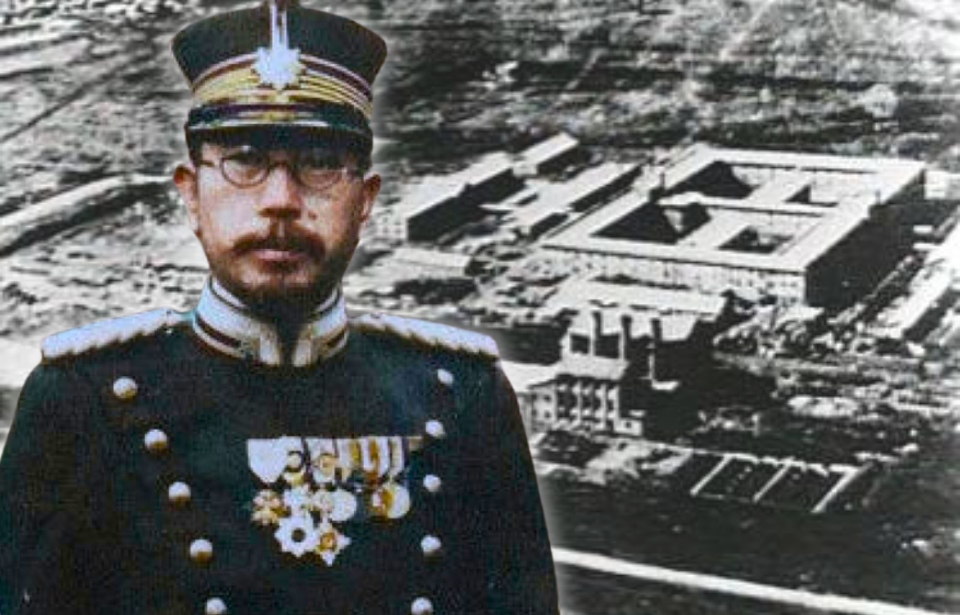Japanese physician Shiro Ishii presided over a series of abhorrent medical experiments that stand as some of the most egregious atrocities in modern history. Ranging from the development and testing of biological warfare agents to conducting live dissections on victims, the actions of Unit 731 constituted unspeakable crimes against humanity, targeting men, women and children in ways that defy comprehension, even by contemporary standards.
Shiro Ishii’s early life
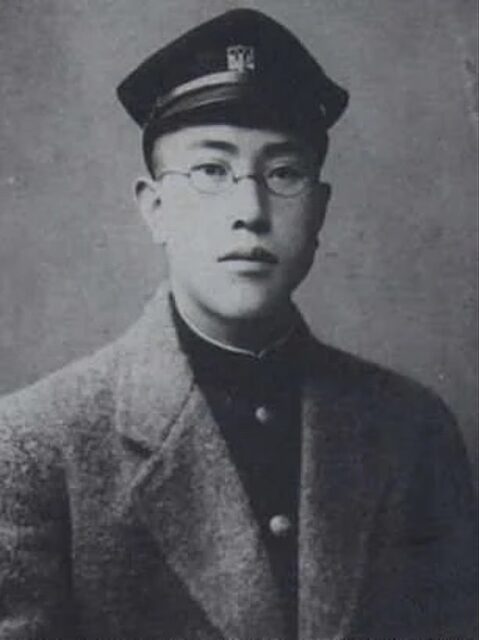
Shiro Ishii’s background was one of prominence in feudal Japan, with his family being the largest landowners in their community. One of four siblings, his father earned a living as a local sake maker. Noted for his assertive demeanor, Ishii was characterized by his peers as “brash, abrasive, and arrogant” from a young age.
Following the completion of his medical studies at Kyoto Imperial University in 1920, Ishii embarked on a career in the Imperial Japanese Army (IJA) as a military surgeon. His exceptional performance garnered the admiration of his superiors, leading to an invitation to return to Kyoto Imperial University for post-graduate research in 1924.
Preferring bacterial cultures over human interaction
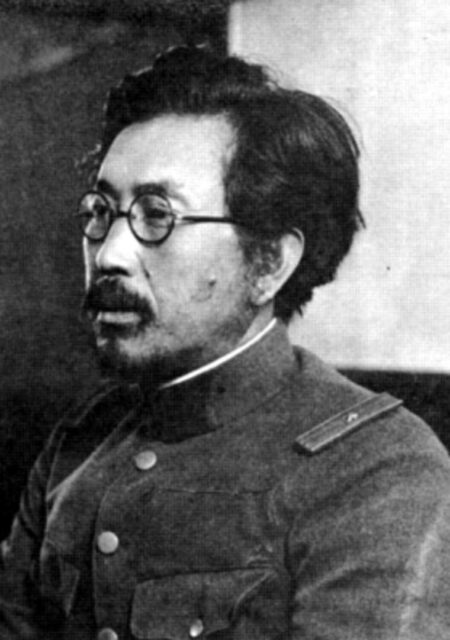
During this period, accounts from those who collaborated with Shiro Ishii paint a picture of his demeanor, characterized by what some described as “pushy behavior” and “indifference” toward his peers. Instead of forming connections with fellow his humans, Ishii’s affections were directed toward the bacterial cultures he cultivated in Petri dishes, which he treated as companions.
Known for his habit of lingering in laboratories well past regular hours, Ishii would use equipment painstakingly cleaned by students, intentionally leaving behind soiled instruments with the expectation that others would be punished. This odd and detached behavior foreshadowed Ishii’s later treatment of human subjects as mere objects.
Shiro Ishii wanted Japan to create a biological weapons program
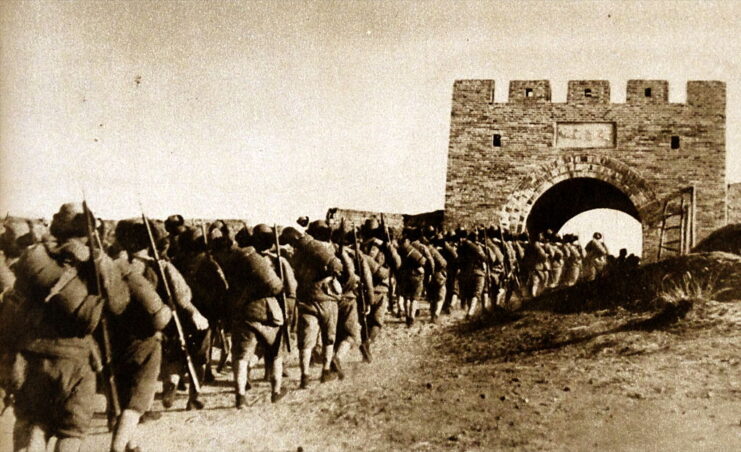
By 1927, Shiro Ishii began promoting his aspirations to establish a Japanese biological weapons program, despite Japan having ratified the Geneva Protocol two years earlier, which prohibited the use of biological and chemical warfare. In early 1931, his dedication and loyalty to Emperor Hirohito, coupled with his frequent late-night endeavors in the laboratory, culminated in his promotion to Senior Army Surgeon, Third Class.
Around the time of Ishii’s promotion, China and Japan found themselves locked in a tense conflict. With the latter’s annexation of Chinese territories, an opportunity arose to establish testing facilities and capitalize on the ample number of Chinese prisoners to conduct abhorrent experiments on.
Ishii’s initial testing site was a facility known as Zhongma Fortress, in Beiyinhe, China. Approximately 1,000 prisoners were held within and subjected to harrowing tests, such as rigorous blood extraction sessions recurring every three to five days, relentlessly sapping their strength until they were rendered incapable to go on.
The facility ceased operations in 1936. However, by then, Ishii had set his sights on the establishment of a facility designed for even more depraved experiments.
Establishment of Unit 731
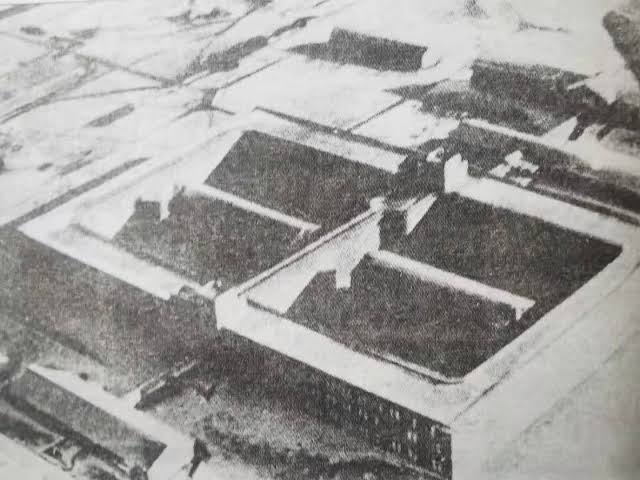
Promoted to the rank of Senior Army Surgeon, Second Class, Shiro Ishii assumed command of what became the infamous Unit 731 in 1936.
Operating under the guise of the Epidemic Prevention and Water Purification Department of the Kwantung Army, Unit 731 was a clandestine entity dedicated to chemical warfare research and development. However, the façade of its bureaucratic label belied its true nature. Unit 731 was a vehicle for the systematic torture and murder of countless innocents under the pretext of scientific advancement and national progress.
Under Ishii’s leadership, Unit 731 began a macabre initiative known as Maruta, wherein human beings were ruthlessly subjected to experimentation. The term originates from the Japanese word for “logs,” a grim reference to the callous manner in which test subjects were derisively labeled by their tormentors.
Officially cloaked as lumber mills, Unit 731 facilities operated under the guise of mundane industrial endeavors. To maintain the veil of secrecy surrounding their heinous activities, researchers and guards would casually refer to prisoners and victims as “logs,” employing coded language such as “How many logs fell today?” to obscure the true nature of their work.
Prisoners were subjected to horrific experimentation
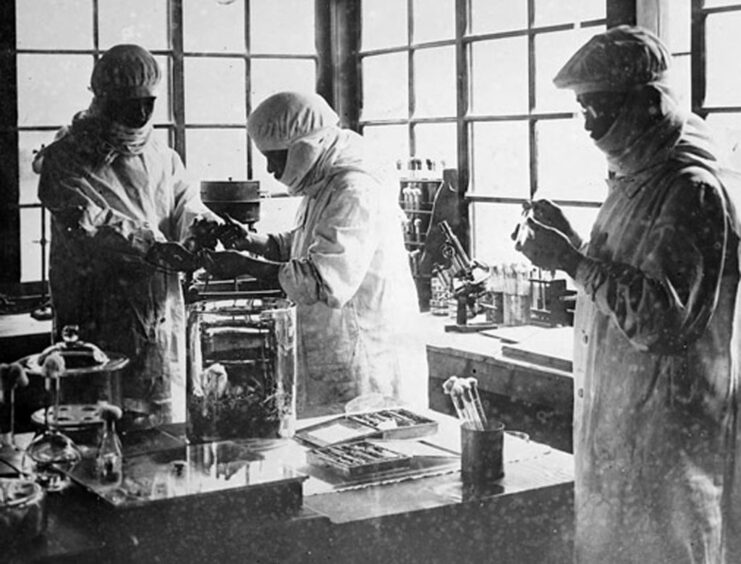
Prisoners endured a litany of barbaric experiments under Unit 731.
They were systematically injected with virulent diseases, subjected to excruciating vivisections without anesthesia and compelled to endure a spectrum of torturous medical experiments. Procedures ranged from limb amputations aimed at studying blood loss to confinement in overheated chambers equipped with fans. Women were routinely subjected to assault, their bodies exploited to provide infants for further experimentation.
Many of these experiments were orchestrated to replicate battlefield conditions, serving as macabre simulations to enhance military medical knowledge and treatment protocols for combat-related injuries. Some prisoners were subjected to chilling conditions, forced to endure prolonged exposure to cold temperatures with their hands submerged in water. These aimed to provide insights into the treatment of frostbite injuries.
Meanwhile, others were subjected to the relentless forces of centrifuges, enduring intense pressure until the point where the sheer force caused their eyes to protrude from their sockets. These harrowing tests were conducted in an attempt to ascertain the limits of bodily endurance under extreme pressure.
Shiro Ishii had an obsession with the plague-bomb
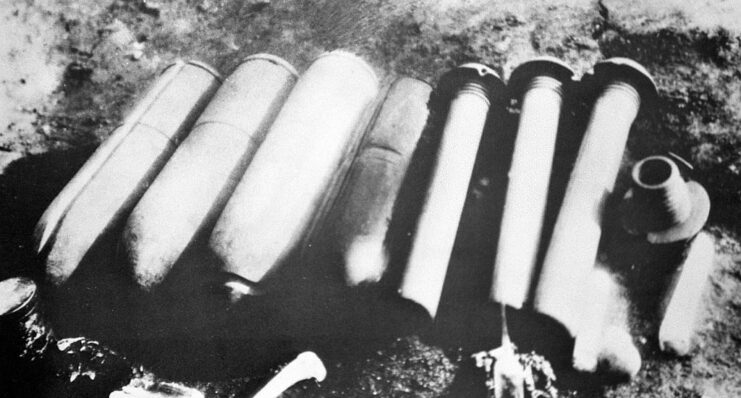
A significant portion of Unit 731’s research was dedicated to Operation Cherry Blossoms at Night, an initiative orchestrated by Shiro Ishii that aimed at disseminating plague-infected rats across Allied-occupied territories during World War II. While the plan never came to fruition, the purported “research” phase of the project exacted a devastating toll on countless lives.
At least 12 large-scale field trials were conducted across 11 Chinese cities. One particular attack in 1941 resulted in the deaths of 10,000 locals and an additional 1,700 Japanese troops from cholera. Pathogens such as smallpox, anthrax, botulism and bubonic plague were weaponized and deployed in defoliation bacilli bombs or flea bombs, targeting densely populated areas.
Following the release of these plague-bombs, researchers, dressed in hazmat suits, monitored the effects on unsuspecting victims. By 1945, the Japanese had advanced preparations for the implementation of Operation Cherry Blossoms at Night, with plans to unleash thousands of plague-infested rats along California’s coast on September 22 of that year. However, the surrender of Japan occurred five weeks prior to the scheduled date.
Shiro Ishii was arrested for his war crimes
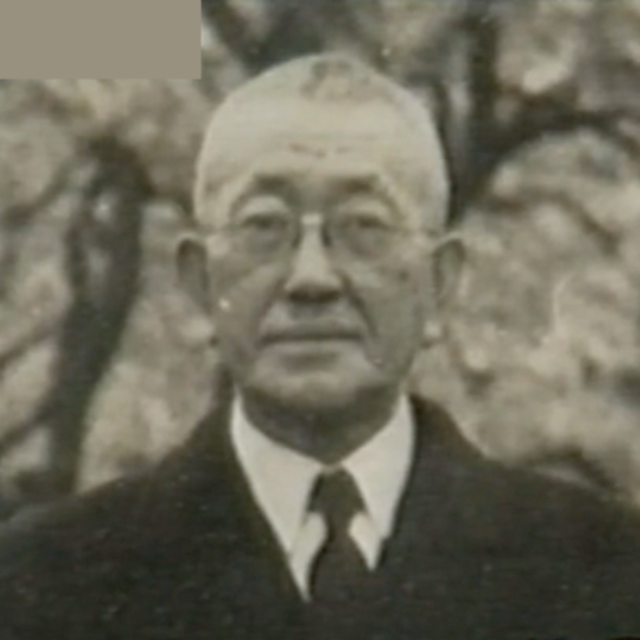
Shiro Ishii was arrested by the United States during the post-war Occupation of Japan. However, justice remained elusive. He and his associates negotiated a deal granting them immunity in return for divulging their insights into the Japanese military and their research endeavors.
Japanese medical authorities, when interviewed by American officials, adamantly portrayed themselves as mere microbiologists. An interviewer of Ishii’s associates attested to the “absolutely invaluable” nature of the information they supplied.
Following the 1948 immunity agreement, Ishii evaded prosecution for his war crimes and retreated from the public eye. Rumors regarding his whereabouts varied, with some suggesting he moved to Maryland, while others claimed he continued to reside in Japan, possibly practicing medicine.
More from us: USS Missouri (BB-63): American Battleship and the Site of the Japanese Surrender
Ishii passed away on October 9, 1959, succumbing to throat cancer in Shinjuku, Tokyo.
